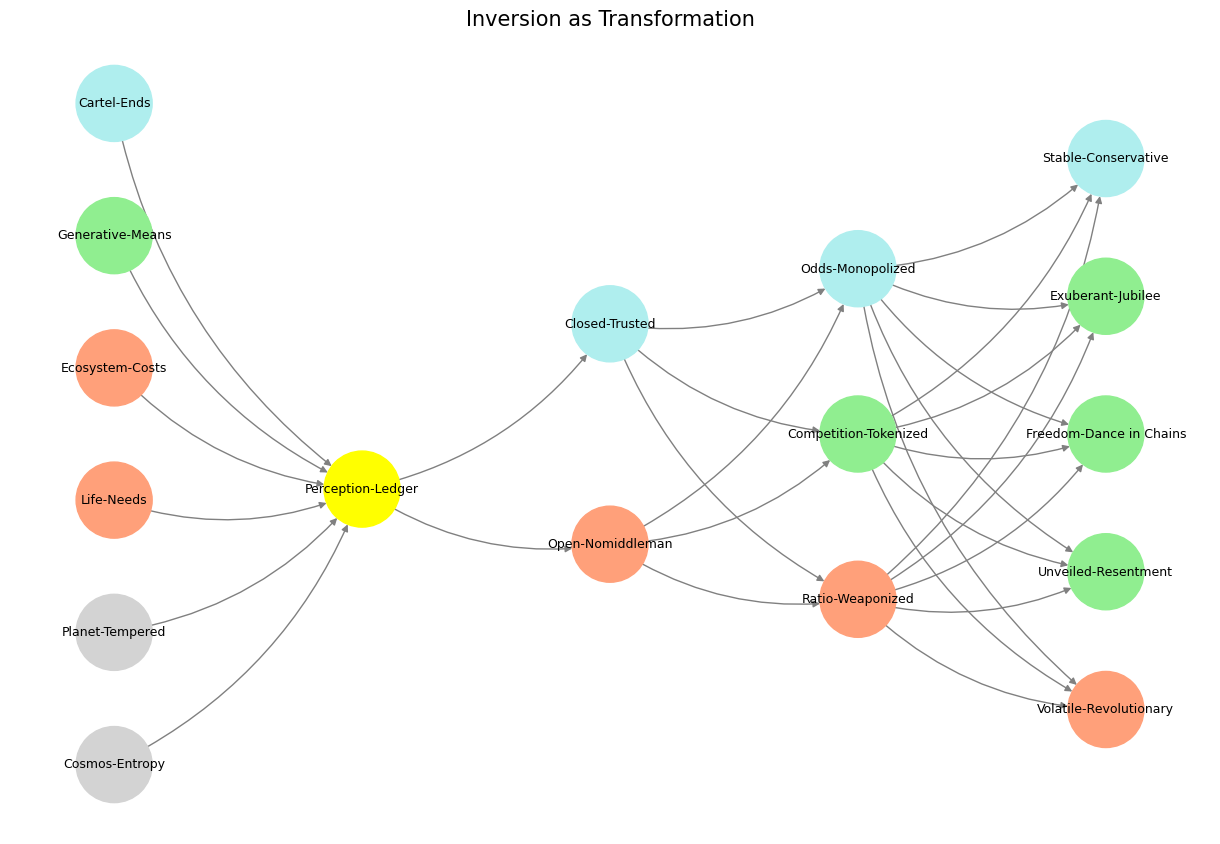Risk#
History is a paradoxical subject, both omnipresent in its influence and elusive in its essence. It claims to hold the keys to understanding human civilization, yet at its core, it is simply text—symbols committed to memory by those constrained by mortality. If history is indeed text, as this claim suggests, then its value is inextricably linked to the intent, perspective, and limitations of its authors. Text, by nature, is selective. It records what its creators find worth preserving, filtered through the lens of their time, space, and biases. To grasp the essence of history, we must first confront its definition and limitations.
What is history? It is commonly defined as the record of human events since the advent of writing. Before mankind began to inscribe symbols onto clay tablets or carve stories into stone, there was only prehistory, a domain of oral traditions and unrecorded lives. Writing marked the division between the ephemeral and the enduring. In this sense, history is not the past itself but the documentation of it, a mediated experience filtered through human agendas and constrained viewpoints. If we accept that history is text, then the question naturally arises: whose text? Written by whom, for what purpose, and with what omissions?
Mortals, by their nature, are constrained by time and space. No individual can witness all events, nor can they fully escape the inherited perspectives of their era. These inherited viewpoints come with binaries—good versus evil, right versus wrong—that simplify complex realities into manageable narratives. But binaries are a construct, not a natural law. Ancient polytheistic systems, for instance, saw the world as a mosaic of forces and variables: a god for harvest, a god for war, a god for fertility. Nature was a symphony of interwoven elements, too multifaceted to reduce into opposites. Yet, over time, humanity compressed these perspectives into monotheistic frameworks, with a singular, all-encompassing deity at the center. From this centrality emerged binaries—light and dark, good and bad—laying the groundwork for moral and intellectual rigidity.
These binaries, however, are unstable in the face of lived experience. Life rarely fits neatly into categories, and the phenomena that escape the binary framework—the emergent “other”—complicate our understanding. This creates a combinatorial space where “good,” “bad,” and “other” interact, generating new narratives and challenges. What do we optimize in this space? Are we clinging to the roots of polytheistic plurality, adhering to the monotheistic central node, or navigating the interplay of binaries and emergent complexities? The answers determine whether a society leans toward stability, volatility, or some state in between.
History, as text, oscillates between these extremes. At one end is stability, a narrative so firmly rooted that it resists change. This is the realm of Job in the Bible, who remains unwavering in his monotheistic faith despite personal suffering—a refusal to backpropagate, to update beliefs in light of new evidence. On the other end is volatility, the chaos that arises when narratives fail to align with lived experience, prompting rebellion or innovation. Between these extremes lies the exuberance of figures like King David, who celebrates stability through music and ritual, embodying freedom within the constraints of tradition. Others, like Jacob, embody the tension of “dancing in chains,” navigating personal freedom within inherited frameworks. And then there is veiled resentment—the simmering discontent that precedes outright rebellion, as exemplified by Marxist critiques of oppressive systems.
Fig. 29 Tokenization: 4 Israeli Soldiers vs. 100 Palestenian Prisoners. A ceasefire from the adversarial and transactional relations as cooperation is negotiated.#
These five states—stability, exuberance, constrained freedom, veiled resentment, and rebellion—form the outcomes of history’s fractal iterations. Each iteration begins with a pretext, shaped by inherited systems and beliefs. The polytheistic roots become the subtext, the monotheistic compression of perspective into a central narrative. The text itself is binary, a series of decisions and branches: this or that, left or right, yes or no. From these binaries emerges the context, the environment in which decisions are made—transactions, alliances, and conflicts shaped by cultural and material conditions. Finally, the output layer becomes the meta-text, the summation of one cycle and the pretext for the next.
If history is text, it is not static. It is data—dynamic, incomplete, and biased. The only way to truly learn from history is to flatten it, feed it into a neural network, and treat it as a dataset. This approach forces us to confront the quality of the data: its representativeness, its gaps, and its updates. History, when flattened, reveals its true nature as a series of decisions, each constrained by the perspectives and limitations of its authors. The emergent patterns may reveal truths beyond the binaries of good and bad, stability and volatility, allowing us to engage with history not as dogma but as a living, iterative process.
In this framework, history does not teach us; it challenges us to learn. It offers no definitive answers, only the combinatorial space of human experience—an ever-expanding fractal where the past serves as input, and the future emerges as output. Whether we find stability, exuberance, or rebellion in this process depends not on history itself but on how we choose to interpret and engage with its text.

Fig. 30 In Greek mythology, Prometheus, possibly meaning “forethought”, is one of the Titans and a god of fire. Prometheus is best known for defying the Olympian gods by taking fire from them and giving it to humanity in the form of technology, knowledge and, more generally, civilization. Very reasonable to question his ethics. But Prometheus is pretty much analogous to the Red Queen: the engine of all emergent stuff#
Show code cell source
import numpy as np
import matplotlib.pyplot as plt
import networkx as nx
# Define the neural network fractal
def define_layers():
return {
'World': ['Cosmos-Entropy', 'Planet-Tempered', 'Life-Needs', 'Ecosystem-Costs', 'Generative-Means', 'Cartel-Ends', ], # Polytheism, Olympus, Kingdom
'Perception': ['Perception-Ledger'], # God, Judgement Day, Key
'Agency': ['Open-Nomiddleman', 'Closed-Trusted'], # Evil & Good
'Generative': ['Ratio-Weaponized', 'Competition-Tokenized', 'Odds-Monopolized'], # Dynamics, Compromises
'Physical': ['Volatile-Revolutionary', 'Unveiled-Resentment', 'Freedom-Dance in Chains', 'Exuberant-Jubilee', 'Stable-Conservative'] # Values
}
# Assign colors to nodes
def assign_colors():
color_map = {
'yellow': ['Perception-Ledger'],
'paleturquoise': ['Cartel-Ends', 'Closed-Trusted', 'Odds-Monopolized', 'Stable-Conservative'],
'lightgreen': ['Generative-Means', 'Competition-Tokenized', 'Exuberant-Jubilee', 'Freedom-Dance in Chains', 'Unveiled-Resentment'],
'lightsalmon': [
'Life-Needs', 'Ecosystem-Costs', 'Open-Nomiddleman', # Ecosystem = Red Queen = Prometheus = Sacrifice
'Ratio-Weaponized', 'Volatile-Revolutionary'
],
}
return {node: color for color, nodes in color_map.items() for node in nodes}
# Calculate positions for nodes
def calculate_positions(layer, x_offset):
y_positions = np.linspace(-len(layer) / 2, len(layer) / 2, len(layer))
return [(x_offset, y) for y in y_positions]
# Create and visualize the neural network graph
def visualize_nn():
layers = define_layers()
colors = assign_colors()
G = nx.DiGraph()
pos = {}
node_colors = []
# Add nodes and assign positions
for i, (layer_name, nodes) in enumerate(layers.items()):
positions = calculate_positions(nodes, x_offset=i * 2)
for node, position in zip(nodes, positions):
G.add_node(node, layer=layer_name)
pos[node] = position
node_colors.append(colors.get(node, 'lightgray')) # Default color fallback
# Add edges (automated for consecutive layers)
layer_names = list(layers.keys())
for i in range(len(layer_names) - 1):
source_layer, target_layer = layer_names[i], layer_names[i + 1]
for source in layers[source_layer]:
for target in layers[target_layer]:
G.add_edge(source, target)
# Draw the graph
plt.figure(figsize=(12, 8))
nx.draw(
G, pos, with_labels=True, node_color=node_colors, edge_color='gray',
node_size=3000, font_size=9, connectionstyle="arc3,rad=0.2"
)
plt.title("Inversion as Transformation", fontsize=15)
plt.show()
# Run the visualization
visualize_nn()


Fig. 31 G1-G3: Ganglia & N1-N5 Nuclei. These are cranial nerve, dorsal-root (G1 & G2); basal ganglia, thalamus, hypothalamus (N1, N2, N3); and brain stem and cerebelum (N4 & N5).#

